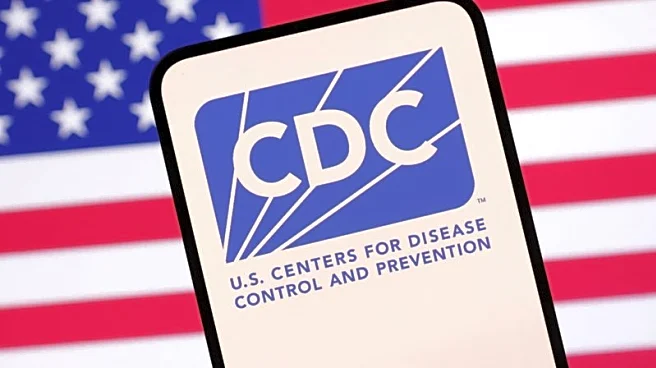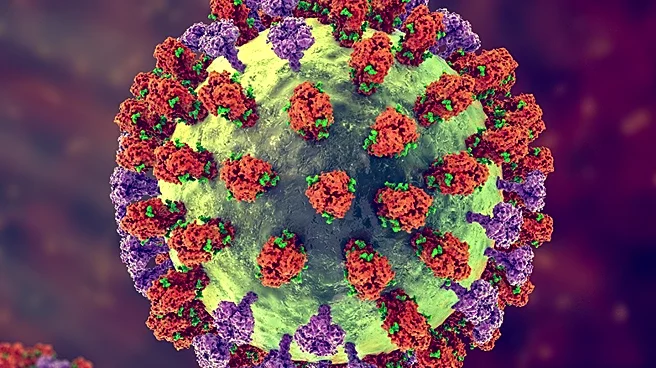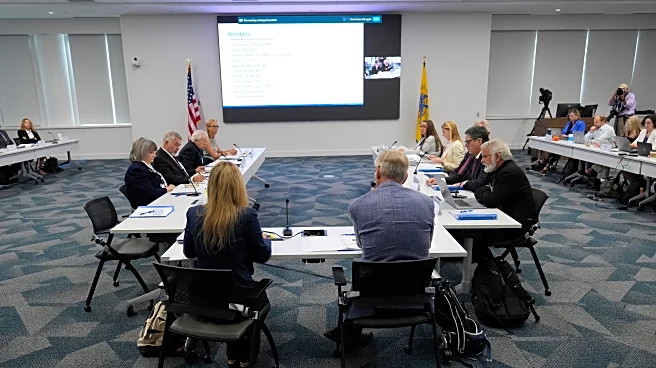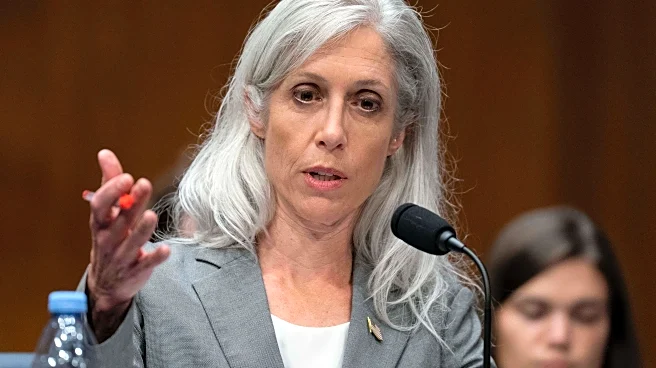What is the story about?
What's Happening?
Health experts are emphasizing the importance of flu vaccinations as the 2025 flu season approaches. Despite predictions of a potentially moderate season, the Centers for Disease Control and Prevention (CDC) and other health officials continue to recommend flu shots for all eligible individuals. Last year's flu season was notably severe, with estimates of up to 82 million influenza cases and as many as 130,000 deaths in the United States. The flu season typically runs from October to March, peaking between December and February. Experts are cautious about predicting the severity of the upcoming season, noting that while no new flu strains have emerged globally, the unpredictability of flu variants makes forecasting difficult. The CDC's August report suggests that the upcoming respiratory virus season, including flu, COVID-19, and RSV, may have similar hospitalization rates as last year.
Why It's Important?
The flu vaccine is a critical tool in preventing severe illness and hospitalizations, particularly among vulnerable populations such as older adults, children, and those with compromised immune systems. The potential impact of the flu season on public health systems is significant, as high hospitalization rates can strain resources and affect healthcare delivery. Vaccination not only reduces the risk of severe flu cases but also helps mitigate the spread of the virus, protecting communities and reducing the overall burden on healthcare facilities. With the ongoing presence of COVID-19 and RSV, the flu season adds another layer of complexity to public health management, making vaccination efforts even more crucial.
What's Next?
As the flu season progresses, health officials will continue to monitor the situation and provide updates on flu activity and vaccine effectiveness. Public health campaigns are likely to intensify, focusing on increasing vaccination rates and educating the public about preventive measures. Healthcare providers may also prepare for potential surges in flu-related hospitalizations, ensuring adequate staffing and resources are available. The interplay between flu, COVID-19, and RSV will be closely watched, with adjustments to public health strategies as needed.
AI Generated Content
Do you find this article useful?















